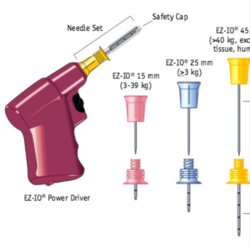Landsurfer
Veteran
My heart stops .... and then restarts a few seconds later ....
I have an implanted "Reveal Insertable Cardiac Monitor" in my left breast ... ...
I have Long QT Syndrome .. every now and again my heart stops ... i get 20 - 30 minutes warning ... start getting sleepy .. then heart stops, reboots and we are up and running again .
Woke up once surrounded by paramedics with "the machine that goes bing" attached to me but wandered out to the ambulance under my own power ... which got some funny looks from the medics.
I can cycle as far as i want, climb every mountain, pedal as fast i want .... when my heart rate is raised all is well .... it's when i'm relaxed, 48 bpm ... 38 bpm ... 28 bpm .... 0 bpm ...... 58 bpm ... and then we're back in the room ...lol
It won't kill me but it frightens the living day lights out of folks ...
I carry a card in my wallet and ID tags on my bike frame .....
When my heart stops i get no great insight into life (Or death .. obviously )... no tunnel with light at the end of it .. no spectral voices or re-living of past life ... i just go to sleep ..... and snore ... alledgley .......... ....... .... . !
The last thing i need is a defibrillator ....
I have an implanted "Reveal Insertable Cardiac Monitor" in my left breast ... ...
I have Long QT Syndrome .. every now and again my heart stops ... i get 20 - 30 minutes warning ... start getting sleepy .. then heart stops, reboots and we are up and running again .
Woke up once surrounded by paramedics with "the machine that goes bing" attached to me but wandered out to the ambulance under my own power ... which got some funny looks from the medics.
I can cycle as far as i want, climb every mountain, pedal as fast i want .... when my heart rate is raised all is well .... it's when i'm relaxed, 48 bpm ... 38 bpm ... 28 bpm .... 0 bpm ...... 58 bpm ... and then we're back in the room ...lol
It won't kill me but it frightens the living day lights out of folks ...
I carry a card in my wallet and ID tags on my bike frame .....
When my heart stops i get no great insight into life (Or death .. obviously )... no tunnel with light at the end of it .. no spectral voices or re-living of past life ... i just go to sleep ..... and snore ... alledgley .......... ....... .... . !
The last thing i need is a defibrillator ....
Last edited:

